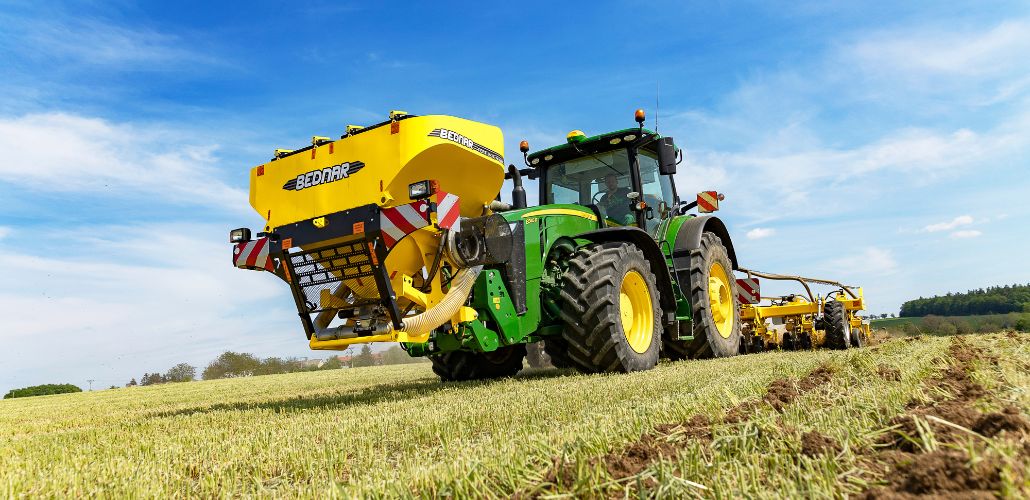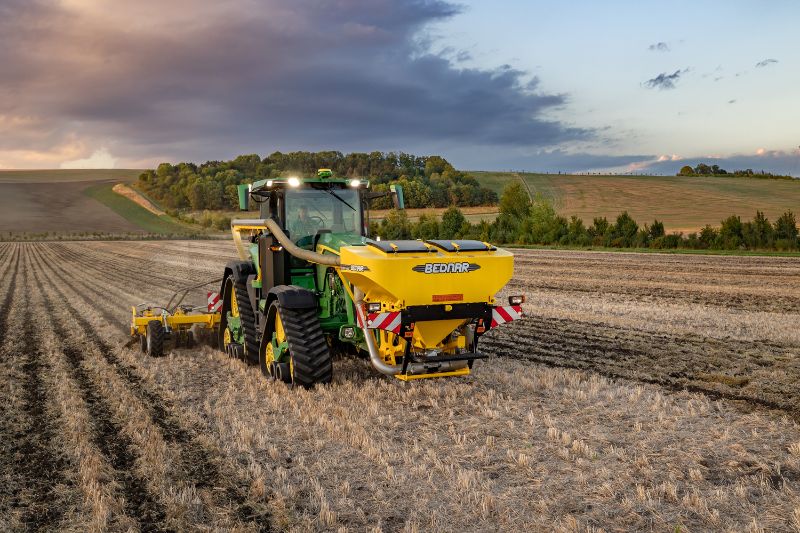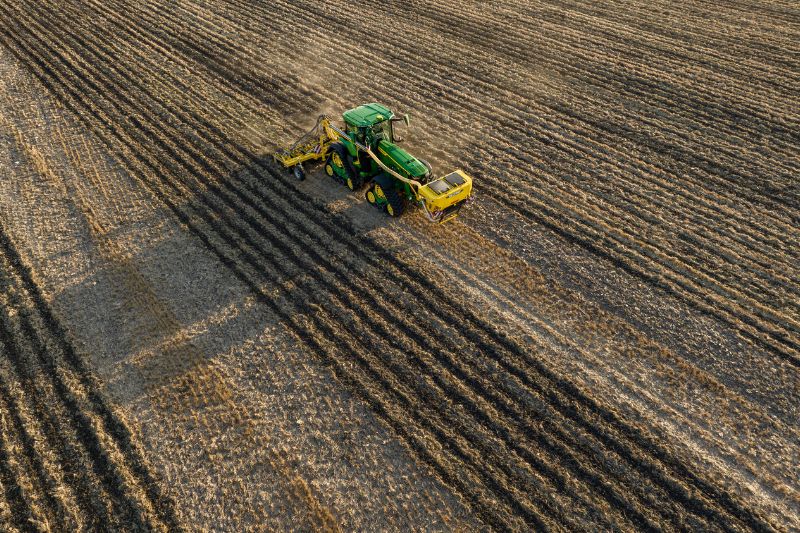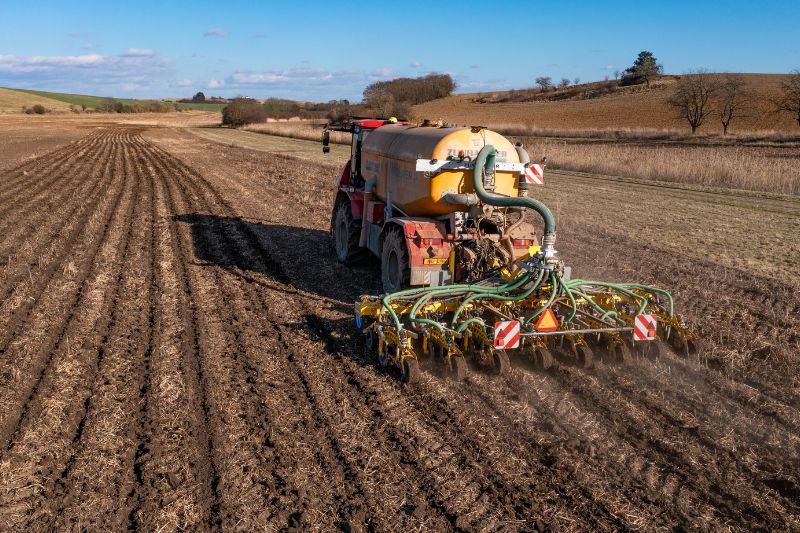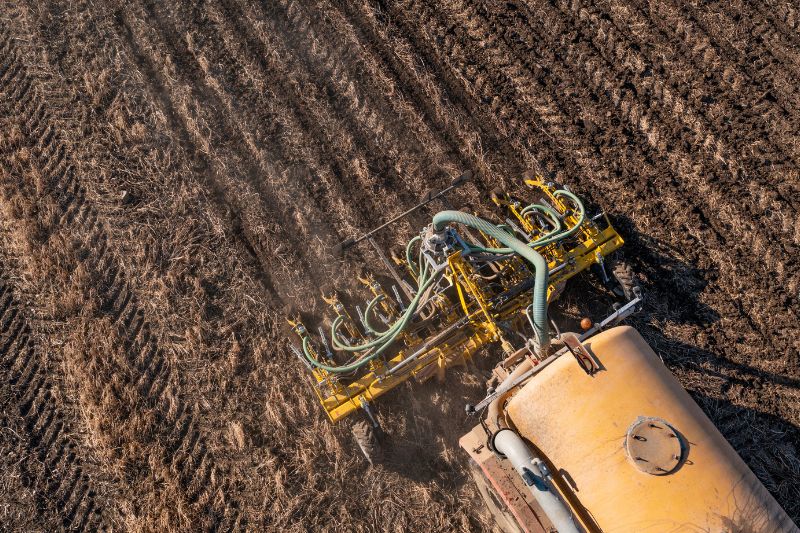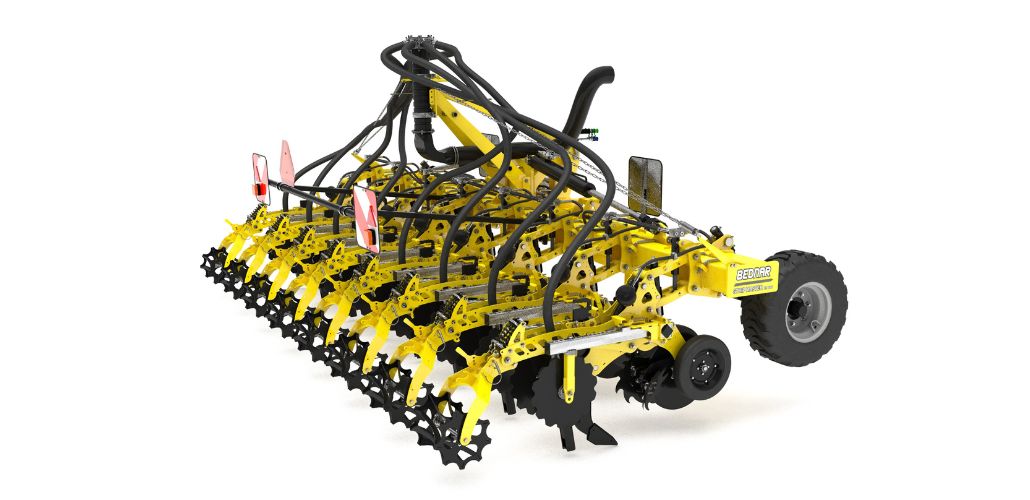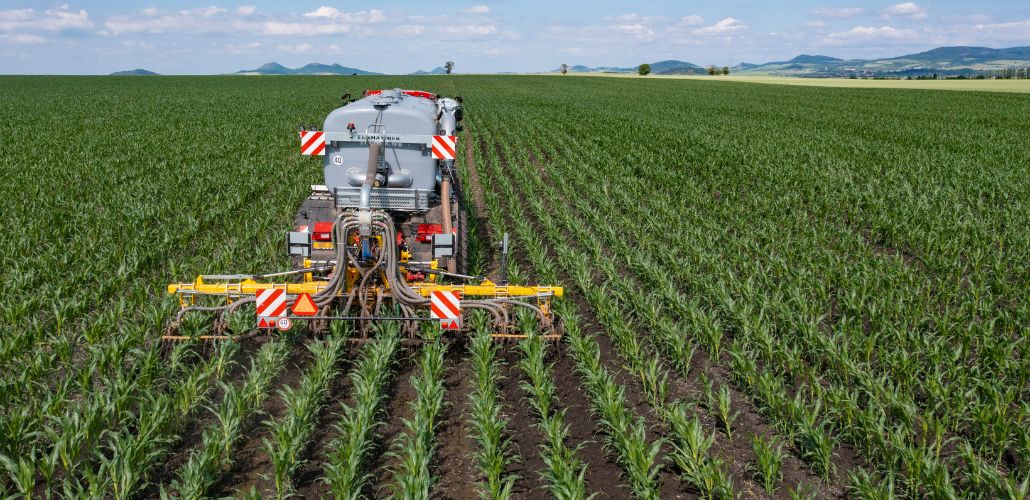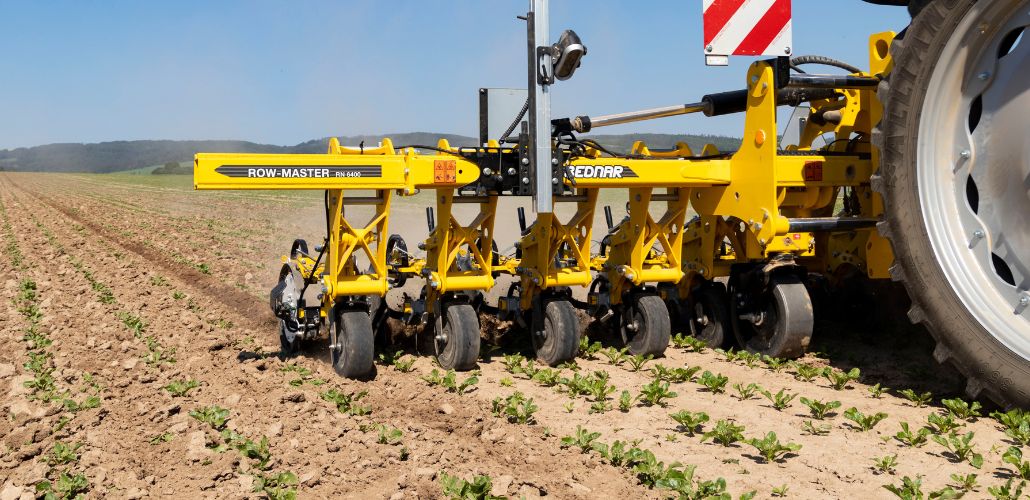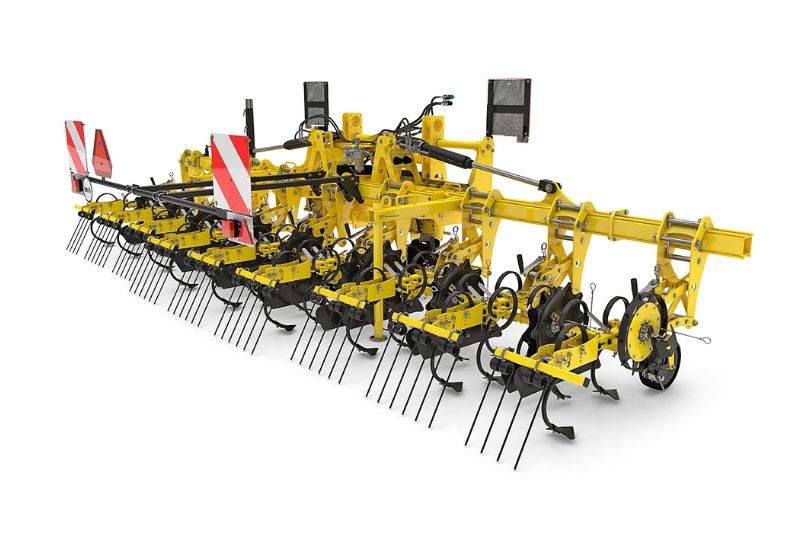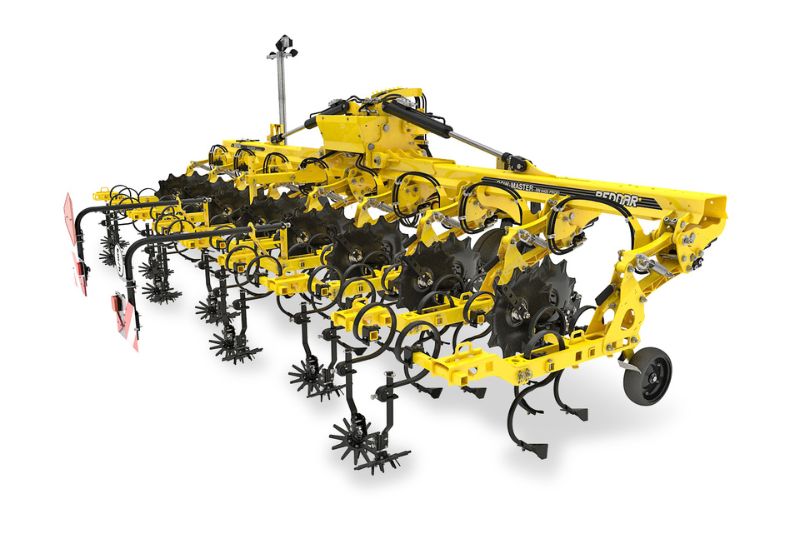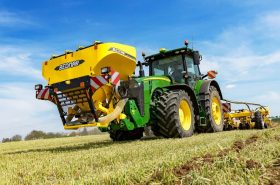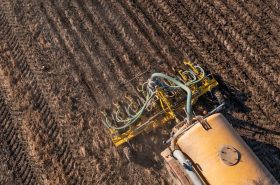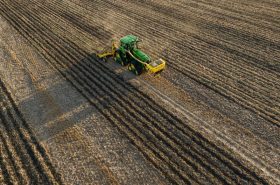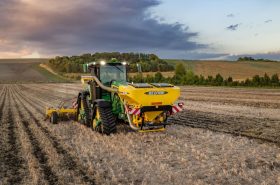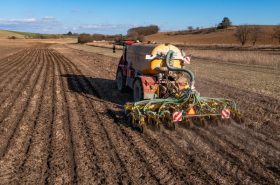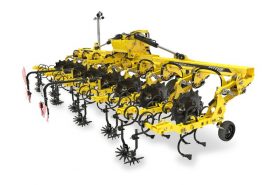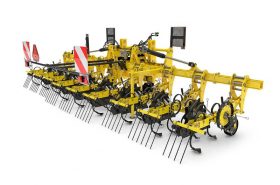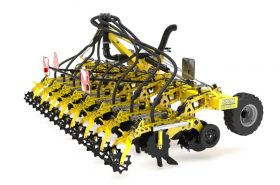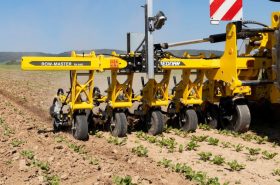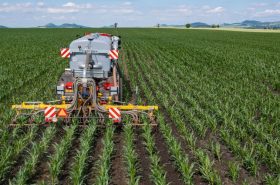Proper and uniform crop emergence and subsequent regeneration always depend on soil cultivation and balanced nutrition. It is important to conduct regular soil analyses to determine at least the basic macro-elements and pH values, especially when applying organic fertilisers, where the content of individual elements is not precisely defined, and gradual mineralization occurs. Soil pH plays a significant role in the accessibility of individual elements and also affects the activity of soil micro-organisms. In the case of highly acidic or highly alkaline soil, mineralization is limited, and nutrients are bound in insoluble compounds. Each plant has different nutrient requirements, which must be taken into account, considering whether only grain or also straw is harvested.
The application of fertiliser before seeding into the upper soil layer is essential for a quick and healthy start of plants. In the early growth stages, plants have a shallow root system and are unable to reach deeper layers for the necessary nutrients. By assisting them with starter fertiliser, especially containing phosphorus, plants develop a robust root system and can reach into the soil reserve earlier. Mineral nitrogen should be replenished evenly and regularly, as it does not stay in storage but is highly mobile. For a good start, a small amount of nitrogen is sufficient, followed by subsequent fertilisation. The potassium reserve in the soil is more stable, mainly thanks to its accumulation in biomass and subsequent return to the soil when incorporating post-harvest residues. Complications may arise in clayey soils or with crops with high potassium demands.
 BEDNAR FMT
BEDNAR FMT